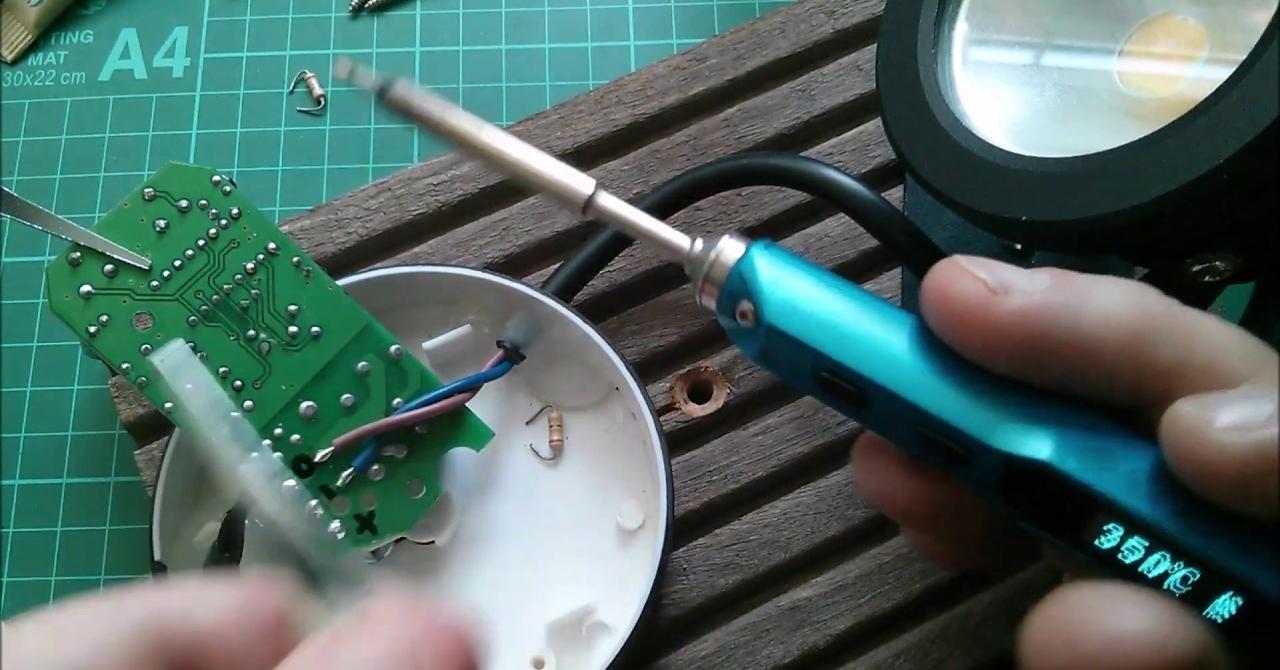Are you curious to know what is PIR sensitivity? You have come to the right place as I am going to tell you everything about PIR sensitivity in a very simple explanation. Without further discussion let’s begin to know what is PIR sensitivity?
In the domain of motion detection technology, Passive Infrared (PIR) sensors serve as integral components, enabling devices to detect movement and trigger automated responses. PIR sensitivity refers to the sensor’s ability to detect and respond to infrared radiation emitted by moving objects within its field of view. Let’s explore the nuances of PIR sensitivity, its significance in motion detection systems, and its role in various applications.
What Is PIR Sensitivity?
Passive Infrared (PIR) sensors operate by detecting changes in infrared radiation emitted by objects in their vicinity. These sensors consist of multiple pyroelectric sensors that respond to heat radiating from moving objects. PIR sensitivity measures how effectively the sensor detects these changes in infrared radiation, thereby detecting motion.
Significance In Motion Detection Systems:
- Detection Accuracy: PIR sensitivity directly impacts the accuracy of motion detection. Higher sensitivity enables the sensor to detect even subtle changes in infrared radiation, improving the detection range and accuracy.
- Response Time: Sensitivity influences the speed at which the sensor detects motion and triggers a response. Greater sensitivity can lead to quicker detection and response times, enhancing the system’s efficiency.
- Adjustability and Customization: Many PIR sensors offer adjustable sensitivity settings, allowing users to fine-tune the sensor’s response based on specific requirements, minimizing false triggers or missed detections.
Applications And Use Cases:
- Security Systems: PIR sensors with appropriate sensitivity levels are integral to security systems, triggering alarms or activating lights when detecting unauthorized movement in areas under surveillance.
- Home Automation: In smart homes, PIR sensors with adjustable sensitivity are used in lighting systems, enabling lights to turn on automatically upon detecting motion, enhancing convenience and energy efficiency.
- Occupancy Detection: In commercial buildings, offices, and public spaces, PIR sensors with optimal sensitivity help manage energy usage by activating heating, ventilation, and lighting systems only when occupied.
- Outdoor Lighting: Outdoor lighting systems equipped with PIR sensors utilize sensitivity adjustments to detect movement, illuminating pathways or outdoor areas when individuals are nearby.
Everything has its disadvantages on Disadvantagess you will get to know more.
Optimizing PIR Sensitivity:
- Placement: Proper positioning and orientation of PIR sensors are essential for maximizing sensitivity and coverage area.
- Environment Considerations: Factors like temperature changes, interference from sunlight, or moving foliage can affect sensitivity and require adjustments.
- Testing and Calibration: Regular testing and calibration of PIR sensors help maintain optimal sensitivity levels for reliable performance.
Conclusion:
PIR sensitivity forms the backbone of motion detection technology, enabling devices to detect and respond to changes in infrared radiation emitted by moving objects. Its significance spans across various applications, from security systems to energy-efficient lighting, offering enhanced accuracy and efficiency in detecting motion. As technology evolves, fine-tuning PIR sensitivity continues to play a crucial role in ensuring reliable and effective motion detection in diverse settings, contributing to safer, smarter, and more energy-conscious environments.
FAQ
Should PIR Sensitivity Be High Or Low?
In general, a medium sensitivity setting is recommended for most trail camera applications. This setting strikes a balance between capturing enough wildlife activity and reducing false triggers caused by small animals, vegetation movement, or environmental changes.
How Do You Reduce PIR Sensitivity?
You can attenuate by using thin sheets of polyethylene. Polyethylene is the same material that the PIR lens is made of. It will pass, but attenuate the wavelengths you are interested in.
What Is Better PIR Or Motion Sensor?
For garden and home security, a PIR sensor light is far more efficient and effective. Looking for the best in sensor lighting? Martec has a wide range of PIR and microwave sensor motion lighting. No matter the application, we have the right options for you!
What Is PIR On A Camera?
PIR (Passive Infra-Red) detection is a technology used in security systems to detect movement or intruders by recognising light emitted from nearby objects.
I Have Covered All The Following Queries And Topics In The Above Article
What Is PIR Sensitivity
What Is PIR Sensitivity On Trail Camera
What Is PIR Sensitivity Moultrie
What Is PIR Sensitivity Adjustment
What Is PIR Sensitivity In Dlink Camera
What Is PIR Sensitivity?
What Is PIR Sensitivity
